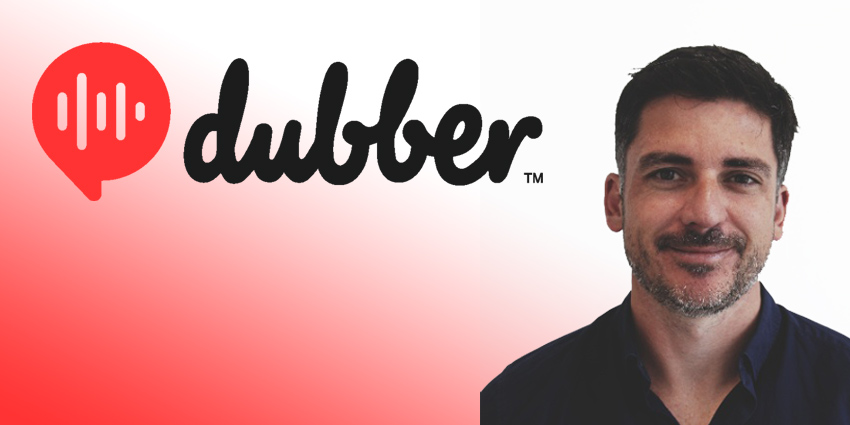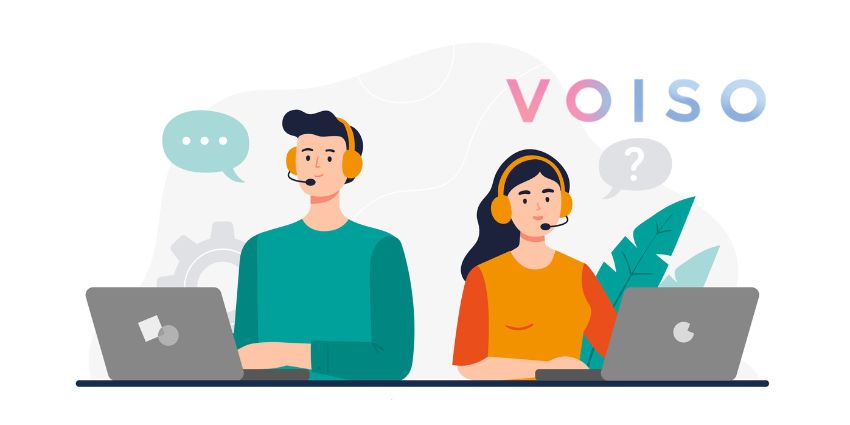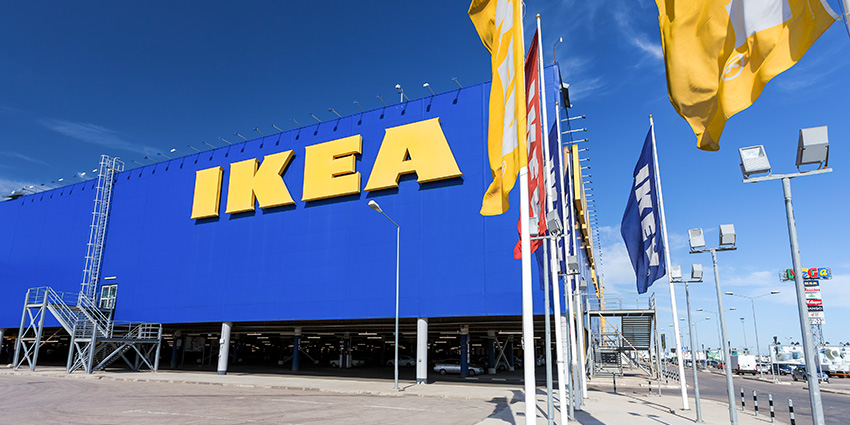Dubber is a native cloud platform and voice recording service that began in 2011 with James Slaney, Adrian Di Pietrantonio, and Steve McGovern in Melbourne, Australia. Designed as a strategy to simplify and strategise the call recording and analytics process, Dubber quickly earned popularity around the world, and began to open offices in Atlanta and London, as well as Australia.
Running off AWS (Amazon Web Services), Dubber can support service providers by connecting directly to their network, within their region, and offering them a scalable solution for content recording and evaluation. Here, we spoke to James Slaney about the growth of the company, and where it’s headed.
How Did You Get into the Call Recording Market?
Starting in 2011, Dubber were already jumping into a relatively saturated market for call recording, so I was interested in finding out what prompted them to take this route into business. James told me that Dubber, (a name inspired by “dubbing” cassette tapes) began with three men all in service provider telecoms backgrounds, looking for ways to make their services more valuable.
“Everything was starting to move to the cloud, but for call recording, the options were limited, expensive, and hard to deploy. At Dubber, we’re all about recording content at a massive, elastic level of scalability, working with the biggest providers in the world to bypass problems like capacity planning.”
“Our customers can switch on a thousand, or a million users, and Dubber can support them from day one.”
When they saw the potential of the global market, the Dubber founders started to grow their ideas around delivering services easily to the market, and creating better experiences through a unique add-on product.
What’s Your Route to Market and Customer Base?
James told me that Dubber works primarily with service provider partners like AT&T in the states.
“We connect our platform to their network, and they can either white label it, or use a version of Dubber which they take to their customer base. It’s basically a bolt-on to their services. We’re now also working with UC providers, and mobile networks too – anything that carries telephony at a large scale.”
In terms of customers, Dubber can serve anyone from Tier two-three providers, to huge Tier one providers around the world.
“Whether it’s network, telephony, or anything else, Dubber can help.”
How Will You Increase Your Market Share?
With a better understanding of Dubber’s market in mind, I wanted to know how the company were planning on increasing their market share. James told me:
“I think we’re making it really easy to get live with call recording and analytics for our customers. Anywhere in the world, a carrier can say they want to go live with Dubber, and we’ve had some people connect within four or five minutes.”
“We’re looking at increasing the call recording opportunities from the 10% of calls recorded in most use cases, to the potential to offer individual playback recording to up to 100% of the company. That’s just one part of how we differentiate ourselves.”
“The second part is our “Zoe” AI, which looks at transcribing each phone call with speech recognition, so that customers can see call sentiment and intent. This kind of innovation is the future of what we’re doing – driving more value back into communication.”
Dubber doesn’t just serve the voice aspect of UC either, but everything from video, to IM, and SMS too.
“We’ve captured video and offered analytics with Zoe. We see ourselves as a universal platform for capturing communication content.”
What’s Coming Next for Dubber?
For the coming years, Dubber predicts that they’ll be able to continue increasing their market share simply by making the move to the cloud easier, and simplifying call recording and analytics services.
“I think service providers and channel partners need to start thinking about how they can help their go-to-market and sales team deliver something innovative to the customer base. As people move more towards the cloud, Dubber can be the platform that companies use to innovate.”







